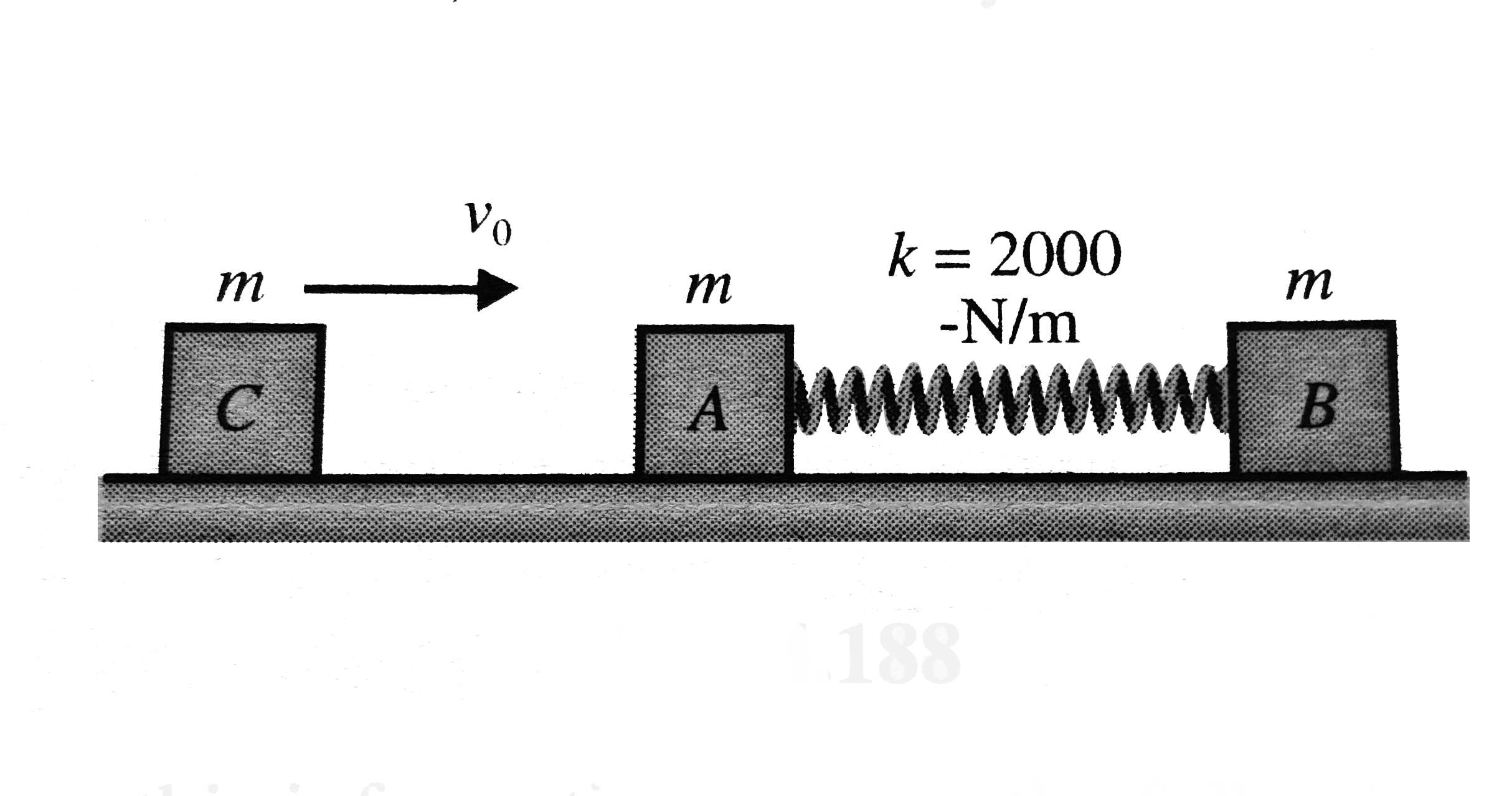Lenses used by those who cannot see near objects are
Plain
Concave
Convex
Any of the above
The correct Answer is:C
To solve the question about the lenses used by those who cannot see near objects, we can follow these steps:
1. Identify the Condition:
- The question refers to individuals who cannot see near objects clearly. This condition is known as farsightedness or hypermetropia.
2. Understand the Nature of Farsightedness:
- In hypermetropia, a person can see distant objects clearly but struggles with nearby objects. This occurs because the image is formed behind the retina.
3. Reason for the Condition:
- The primary reason for this condition is that the eyeball is often too short, which prevents the eye from focusing on nearby objects.
4. Corrective Lenses:
- To correct hypermetropia, a specific type of lens is used. The lens required is a convex lens. Convex lenses help to converge light rays before they enter the eye, allowing the image to be focused correctly on the retina.
5. Conclusion:
- Therefore, the correct answer to the question is that the lenses used by those who cannot see near objects are convex lenses.
Final Answer:
- The lenses used by those who cannot see near objects are convex lenses.
---
- The question refers to individuals who cannot see near objects clearly. This condition is known as farsightedness or hypermetropia.
- In hypermetropia, a person can see distant objects clearly but struggles with nearby objects. This occurs because the image is formed behind the retina.
- The primary reason for this condition is that the eyeball is often too short, which prevents the eye from focusing on nearby objects.
- To correct hypermetropia, a specific type of lens is used. The lens required is a convex lens. Convex lenses help to converge light rays before they enter the eye, allowing the image to be focused correctly on the retina.
- Therefore, the correct answer to the question is that the lenses used by those who cannot see near objects are convex lenses.
- The lenses used by those who cannot see near objects are convex lenses.
Topper's Solved these Questions
Similar Questions

Two identical blocks A and B, each of mass m=3kg, are connected with the help of an ideal spring and placed on a smooth horizontal surface as shown in Fig. Another identical blocks C moving velocity v0=0.6ms collides with A and sticks to it, as a result, the motion of system takes place in some way
Based on this information answer the following questions:
Q. Oscillation energy of the system i.e., part of the energy which is oscillation (changing) between potention and kinetic forms is
View SolutionDefine the term power of accommodtion. Write the modification in the curvature of the
eye lens which enables us to see the nearby objects clearly.
View SolutionA man can see the objects upto a distance of one metre from his eyes. For correcting his eye sight so that he can see an object at infinity, he requires a lens whose power is
View SolutionA : It is impossible to see an object as small as an atom regardless of the quality of light used by microscope.
R : In order to see.. an object, wave length of light in the microscope must be comparable to the size of object.
View SolutionHow do we see objects around us?
View SolutionThe near point of a person is 50cm and the far point is 1.5m. The spectales required for reading purpose and for seeing distant objects are respectively
View SolutionThe electric field lines are closer together near object A than they are near object B. We can conclude that.
View SolutionA person with a myopic eye cannot see clearly the objects placed beyond 1.5 m. Mention two possible reasons due to which this defect may arise. With the help of ray diagrams show:
(a) Why is he unable to see clearly the objects placed beyond 1.5 m from his eye, and
(b) What should be the type of the corrective lens used to restore proper vision and how this effect is corrected by the use of this lens?
View SolutionThe defective condition of accomodation of the eye in which distant objects are seen distinctly but near objects are indistinct is
View SolutionIf a person sees a blurred image of a nearer object due to hypermetropia, the image of the object is formed
View Solution
